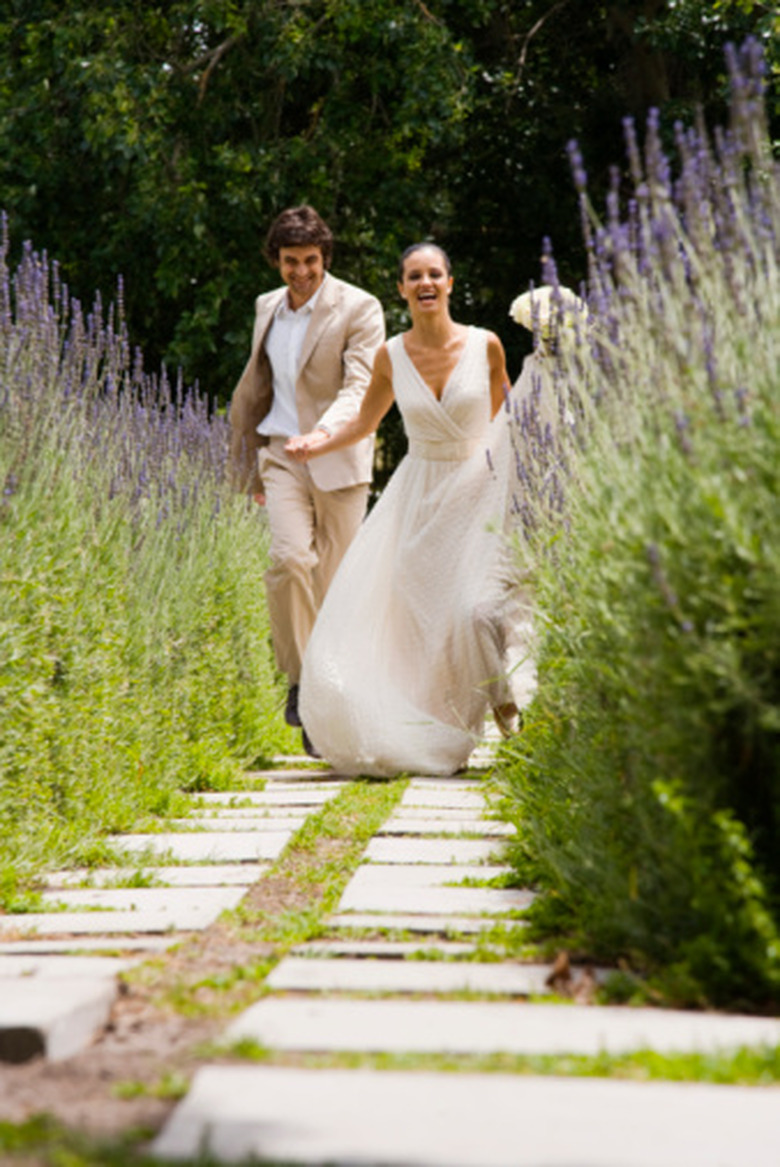When Do I Cut Back Lavender Plants?
Lavender might just cure what ails you. According to the University of Maryland Medical Center, lavender may help people suffering from insomnia, anxiety, stress and postoperative pain. Several studies have shown that lavender may also reduce nervous agitation in dementia patients. Whether you grow lavender as an ornamental or a medicinal herb, the plants must be cut back periodically. Knowing how and when to prune the plants is important for successfully growing lavender.
Effects of Pruning
Cutting back any plant, lavender included, triggers the plant to spend energy generating new growth. With lavender, tender shoots emerge on the existing plant. At first, the new growth is vulnerable because changes in temperature can easily damage it. Over time, however, the new growth becomes as hardy as the rest of the plant. You should prune on a schedule that minimizes the likelihood of damage to new growth.
- Lavender might just cure what ails you.
- Whether you grow lavender as an ornamental or a medicinal herb, the plants must be cut back periodically.
Timing
English lavenders in zones 5 through 8, French lavenders in zones 8 and 9, lavandins in zones 5 through 8, and lavender cottons in zones 5 through 9 are all considered early bloomers. If you prune these plants too early, cold temperatures can damage the fragile new growth that develops after pruning. Prune them in spring after leaf buds have emerged. New leaf buds will help you distinguish between live wood, which bears new buds, and dead wood, which does not. Prune the plant again in summer after its flowers fade.
How to Prune
Pruning spent flower stalks individually can be time consuming and tedious. Instead, gather a bunch of dead flower stalks in a handful and prune them all at one time. Leave at least three to five leaf nodes on each branch. Lavender plants cut too close to the ground may not grow back.
- English lavenders in zones 5 through 8, French lavenders in zones 8 and 9, lavandins in zones 5 through 8, and lavender cottons in zones 5 through 9 are all considered early bloomers.
- Prune them in spring after leaf buds have emerged.
Harvesting and Drying Flowers
To harvest and dry lavender flowers, wait until the weather has been dry for several days. In the morning after the dew has dried, cut flower stalks with pruners or scissors at the base of the stalk. Secure bunches of flower stalks with rubber bands and hang them upside down in a dark room with plenty of air circulation until the flowers are completely dry. Pinch the dried flowers from the stem, and store them out of direct sunlight.
